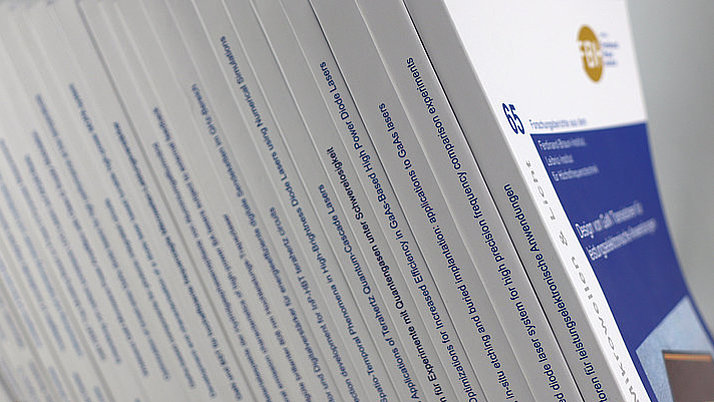COMPASSO mission and its iodine clock: outline of the clock design
F. Kuschewski1, J. Wüst2, M. Oswald1,3, T. Blomberg1, M. Gohlke4, J. Bischof1, A. Boac1, T. Alam1, A. Bußmeier1, K. Abich1, N. Röder1, K. Döringshoff5,6, J. Hrabina7, M. Holá7, J. Oulehla7, T. Schuldt1, C. Braxmaier1,2
Published in:
GPS Solut., vol. 28, art. 10, doi:10.1007/s10291-023-01551-0 (2024).
Abstract:
One of the limiting factors for GNSS geolocation capabilities is the clock technology deployed on the satellites and the knowledge of the satellite position. Consequently, there are numerous ongoing efforts to improve the stability of space-deployable clocks for next-generation GNSS. The COMPASSO mission is a German Aerospace Center (DLR) project to demonstrate high-performance quantum optical technologies in space with two laser-based absolute frequency references, a frequency comb and a laser communication and ranging terminal establishing a link with the ground station located in Oberpfaffenhofen, Germany. A successful mission will strongly improve the timing stability of space-deployable clocks, demonstrate time transfer between different clocks and allow for ranging in the mm-range. Thus, the technology is a strong candidate for future GNSS satellite clocks and offers possibilities for novel satellite system architectures and can improve the performance of scientific instruments as well. The COMPASSO payload will be delivered to the international space station in 2025 for a mission time of 2 years. In this article, we will highlight the key systems and functionalities of COMPASSO, with the focus set to the absolute frequency references.
1 German Aerospace Center, Institute of Quantum Technologies, 89081 Ulm, Germany
2 Institute of Microelectronics, Ulm University, 89081 Ulm, Germany
3 Center of Applied Space Technology and Microgravity (ZARM), University of Bremen, Bremen, Germany
4 German Aerospace Center, Institute of Space Systems, 28359 Bremen, Germany
5 Institute of Physics, Humboldt University Berlin, 10099 Berlin, Germany
6 Ferdinand-Braun-Institut (FBH), Gustav-Kirchhoff-Straße 4, 12489 Berlin, Germany
7 Institute of Scientific Instruments, Czech Academy of Sciences, 61264 Brno, Czech Republic
Keywords:
COMPASSO, GNSS, Galileo, Optical clock, Modulation transfer spectroscopy, Absolute frequency reference
Open Access This article is licensed under a Creative Commons Attribution 4.0 International License, which permits use, sharing, adaptation, distribution and reproduction in any medium or format, as long as you give appropriate credit to the original author(s) and the source, provide a link to the Creative Commons licence, and indicate if changes were made. The images or other third party material in this article are included in the article's Creative Commons licence, unless indicated otherwise in a credit line to the material. If material is not included in the article's Creative Commons licence and your intended use is not permitted by statutory regulation or exceeds the permitted use, you will need to obtain permission directly from the copyright holder. To view a copy of this licence, visit http://creativecommons.org/licenses/by/4.0/.
Rightslink® by Copyright Clearance Center
Full version in pdf-format.


